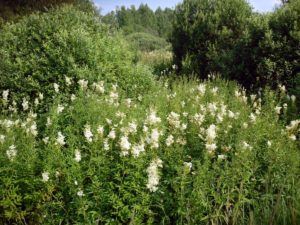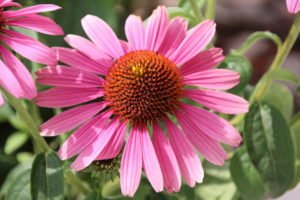
Even in the Middle Ages, sage occupied a leading place among medicinal herbs, so it was not for nothing that there was an old Arabic saying: “Why Should A Person Die When There Is A Sage Growing In The Garden?”
It is not surprising that the Latin name “Salvia” comes from the word salvus – healthy, saving, healing.
Let’s look at some interesting applications of sage that have come down to us from ancient times: the fact is that at ceremonial dinners for washing hands, in addition to pink, sage water was served, and among the national dishes popular in Switzerland and Italy (fried sage leaves in dough, the protruding stems of which resembled mouse tails). The Slavs believed in the magic herb and believed that the ointment made from clary sage, plucked on the night of Ivan Kupala, has the power to turn a person into any animal.
Legends are legends, and in your garden grows sage officinalis-a popular herb of the Laminariaceae family?

Sage with a dense texture is decorative in itself, but its multicolored varietal variety is especially noteworthy.
Decorative variety “Tricolor” (leaves are bluish-green with cream and pink or purple border).

Decorative variety ‘Icterina’(leaves are different: yellow and green).

Sage medicinal spice is good for the garden, in borders, rockeries, where during the entire growing season it will retain a bluish color, and during the flowering period it will create a purple palette (its main type). It is better to plant 2-3 plants with a distance between the nests of 20 cm (7.9 in) in warm places protected from cold winds. It is undemanding to the soil, can grow on poor, stony soils, does not tolerate excess moisture. They grow in one place for 6-8 years.
Sage officinalis is not only an ornamental, but also a spicy, medicinal, honey-bearing plant. The leaves collected during the flowering period are used for food (seasoning for various dishes, aromatic tea, soft drinks), it has a disinfectant, anti-inflammatory, expectorant, astringent, hemostatic, laxative, diuretic, diaphoretic, secretolytics, antispasmodics, lactogen, carminative, estrogenic, and other hypoglycemic effects.






Leave a Reply